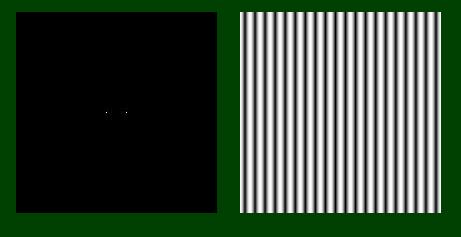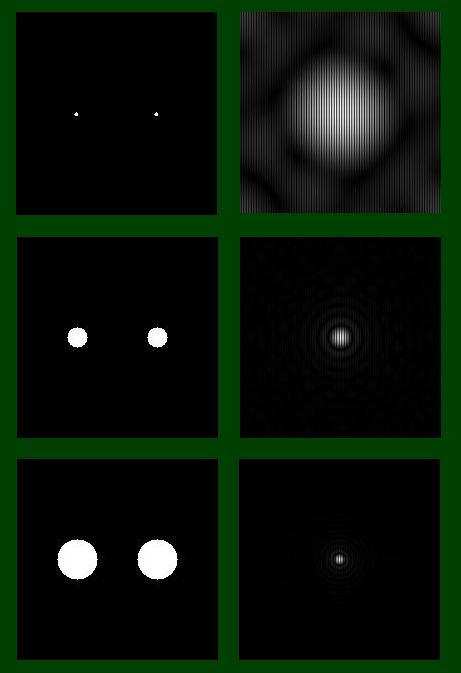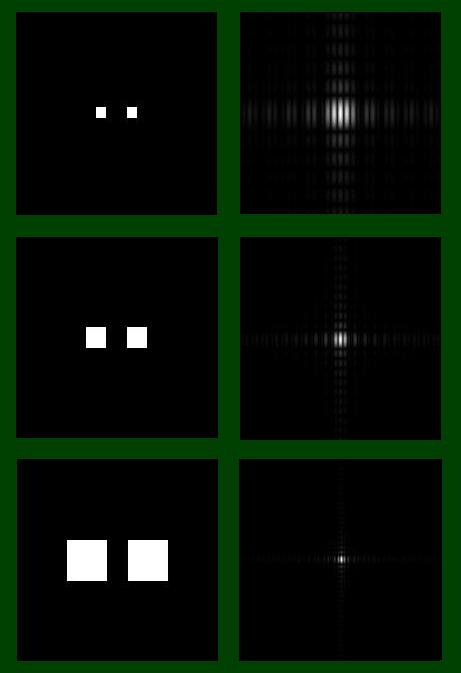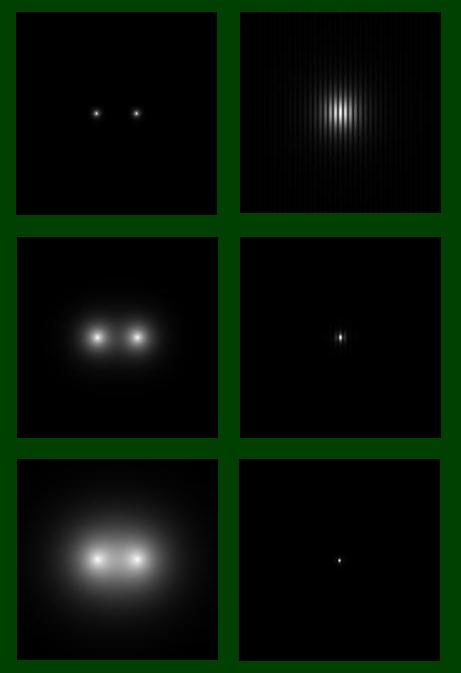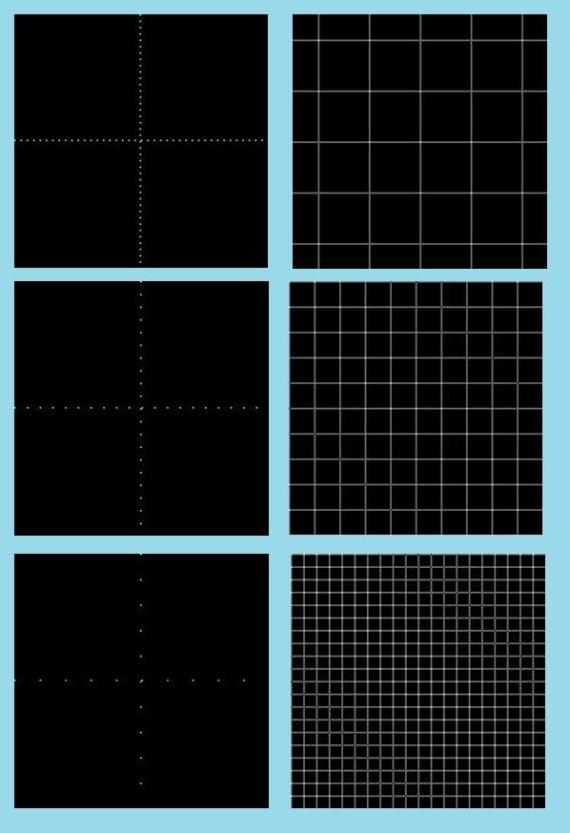From previous activities we have familiarized ourselves with Fourier Transform, giving us idea on what result would we get if we apply FT on certain patterns. In this activity we would use our knowledge of Fourier Transform to enhance certain images by removing visible repetitive patterns on them using filter masks.
A. Convolution theorem
Before we do the actual filtering, we familiarize ourselves first with generating shapes and getting their FT’s using scilab, the convolution theorem, and working with dirac deltas.
The above dirac deltas were convolved to two patterns:
a= [1 1 1 : -2 -2 -2 : 1 1 1 ];
b= [1 -2 1: 1 -2 1: 1 -2 1];
From the result of the convolution it is apparent that the patterns convolved with the dirac deltas were just repeated at the positions of the dirac deltas. This confirms the earlier statement that “The convolution of a dirac delta and a function f(t) results in a replicationof f(t) in the location of the dirac delta” from the manual.
— to be continued…
